Increasingly automated production lines, made to obtain products with organoleptic properties similar to those of hand-made products, but with a longer shelf-life, thanks to heat treatments tailored for each type of pasta.
Lines for the production of fresh pasta: filled pasta like ravioli and tortellini; regional pasta like orecchiette, trofie, cavatelli; and laminated pasta, for traditional noodles like lasagne and tagliatelle. A production process repeated over the years, in the name of tradition, but also of innovation, involving all manufacturing steps: from the full automatic dosing and mixing of raw materials with sheeters and continuous extruders that do not alter the quality of the dough, to stabilization with pasteurisers and coolers. Modern plants for the production of fresh pasta can guarantee a product of quality that is safe and reliable for consumers, with a sufficiently long shelf-life, without drying process, typical of dry pasta. The shelf-life depends on the stabilization treatments applied to the product: it ranges from 2 months for fresh pasteurised pasta, cooled and packaged in modified atmosphere, to 4-5 months, if the packaged product is subjected to additional pasteurisation and cooling. More advanced plants handle different types of flours, both raw and pre-cooked, with or without gluten, or special flours, thanks to special systems developed for processing the required flour. Manufacturers propose to pasta factories complete lines for the production of fresh pasta, comprising: kneaders suitable for dosing and mixing different ingredients; presses that, according to the dosed and mixed raw materials, can extrude the dough, with or without vacuum; dough distribution shuttles for different forming positions; calibrators and cutters for cross-cutting the dough with automatic thickness control; gas of steam pasteurisers; pre-dryers or coolers; post-packaging sterilizers and thermal-treatment units for high production speeds.
Technology focused on process improvement and product quality. Plants must ensure the shelf-life of the product and the organoleptic properties consumers expect. Ingredients quality certainly is necessary, just like the technologies for the production of the dough in order to obtain high quality products when cooked and a nice yellow colour, also thanks to sheeters and presses with vacuum technology, as proposed by several companies. Pasta factories particularly appreciate the capacity of delivering dough that can be processed by all forming units, suitable for flours and recipes with very different characteristics. Dough distribution systems can be automated, as in more complex lines, and can continuously supply several forming units. Automatic water coolers, suitable for connection to presses, mixers or extruders, ensure constant temperature control of the extrusion unit, in order to prevent over-heating of the dough at the exit. The plant layout can change according to customer’s needs. As for laminated pasta, pre-portioned noodles in different sizes are available, packaged in bulk into plastic packs or as nests on trays; automatically stacked pasta for lasagna, with or without plastic separation sheet. Filled pasta can be cut in a huge variety of shapes, meeting market requirements: round, square, half-moon, fish, heart, candy, mushroom. The filling is conveyed continuously, and can be adjusted while the machine is running, like the feeding of the pasta sheet. Fresh pasta production lines must be versatile and automated: this involves automatic dies replacement and tank tilting; or scroll speed adjustment with inverter; or extractable kneading shafts for easier cleaning. For pre-drying filled and pasteurised fresh pasta or gnocchi, the use of shakers is possible. Thanks to movement, ventilation, and heating, the shakers perfectly separate the product, preserving its original shape while drying its surface, reducing the amount of moisture and extending the shelf-life, while providing for an easier packaging.
Essential heat treatment. Fresh pasta production lines, with or without filling, employ different thermal treatments: pasteurisation before or post packaging; drying or pre-drying; cooling or freezing of the product prior to final packaging. There is a general tendency to reduce heat treatments to produce fresh pasta with organoleptic properties similar to those of home-made pasta. The heat treatment is carried out with pasteurisers with steam injection or gas pasteurisers, ensuring high energy efficiency and performances above 90%, with relevant appreciable energy savings. Completely made in stainless steel, pasteurisers can be equipped with an integrated boiler and heat exchangers immersed in water to eliminate heat loss into the environment and minimize power consumption. Steam injection pasteurisers ensure the production of pasta similar to home-made pasta. The covers of the pasteurisation area are easily removable for accurate washing of steam production tank and conveyor belt. Steam production area and covers are stainless steel with internal insulation for highest heat insulation. They use GPL, natural gas and steam. The belt speed is adjustable to allow different residence times in the steam chamber. Some pasteurisers feature humidity extraction hoods with adjustable hatches; condensation collector tanks to reduce water leakage, and final drying areas complete with centrifugal fans and finned heating elements. Other versions have two pre-drying areas for the elimination of residual moisture from the surface of the product. The temperature of the pasteurisation chamber is adjustable in order to reach different temperatures in the centre of the product, and according to the handled product. Pasteurisers can be customised to cover the most different requirements in terms of production quantities, length of steam chamber and conveyor belt. Fresh pasta production lines comprise high-temperature dryers, with single or double pasteurisation process, the latter for frozen or stabilised pasta. The heat treatments for fresh pasta do not include only pasteurisation. Pre-dryers, static or continuous with conveyor belts, are used to reduce the moisture content of fresh filled pasta. Furthermore, they ensure the drying of pasteurised pasta before packaging. They are equipped with fans, heat exchangers or electric heaters and conveyor belts. The residence time of fresh or filled pasta and the heat can be adjusted according to the percentage of moisture to be extracted from the product. Before packaging, pasta can be cooled down to 4°C or less thanks to coolers, consisting of conveyor belts of different length and height, according to needs of pasta factories. The unit comprises a series of conveyor belts according to the quantity of product to be handled and the required residence time. The batteries of the coolers suitable to lower the temperature below 4°C are equipped with electrical defrosting heaters. For factories operating in restricted spaces, some manufacturers offer pre-dryers and coolers positioned one above the other, thus reducing the space dedicated to heat treatment, pre-drying and cooling. Here, the upper part is dedicated to the pre-drying of different types of fresh and filled pasta, while cooling and stabilisation occur in the lower part, creating a single machine, but with independent treatment areas and independent adjustment of heat, humidity and processing times. In fact, all these parameters are adaptable to the different products handled.

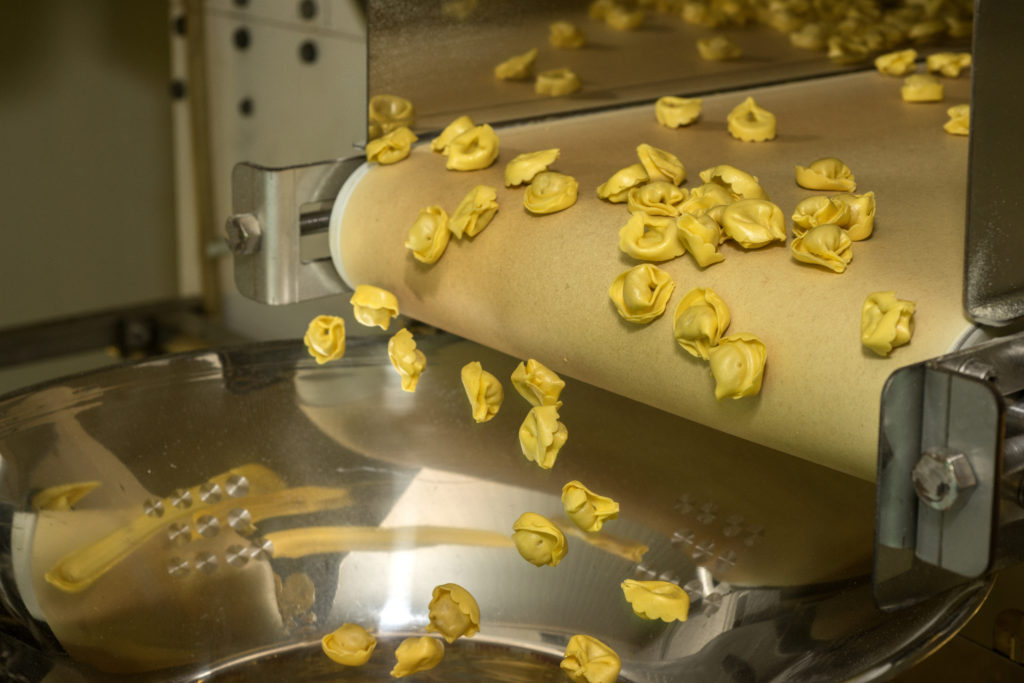
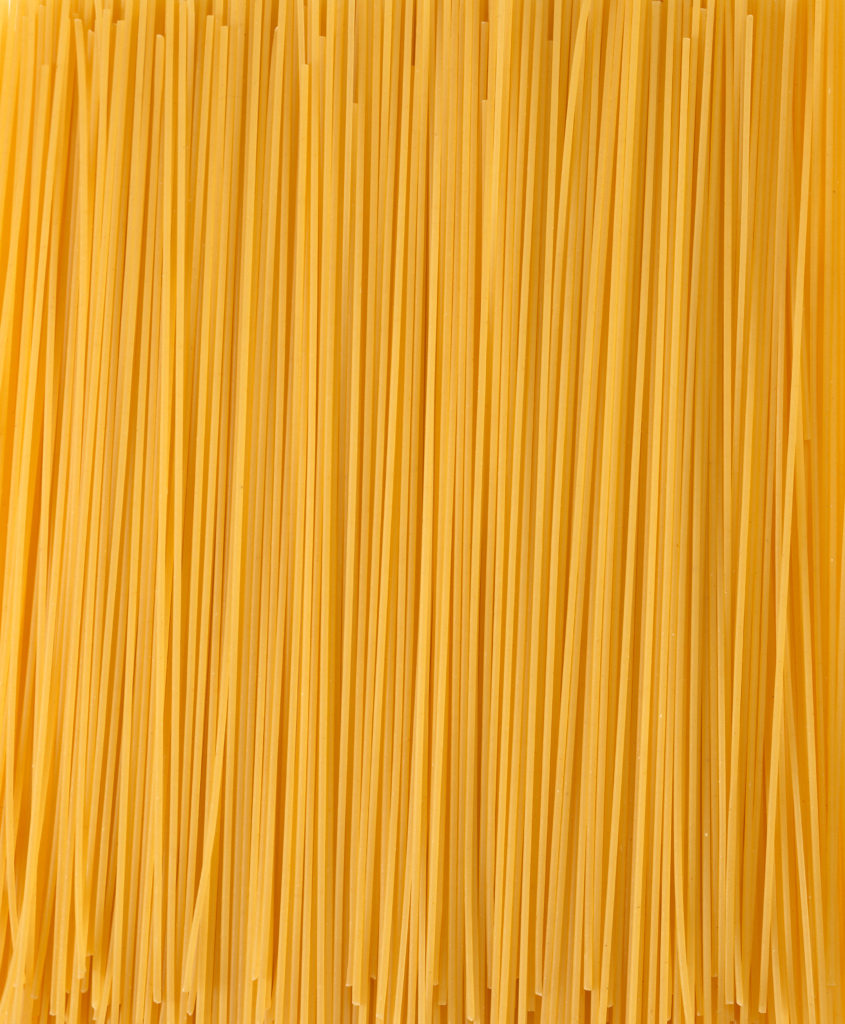
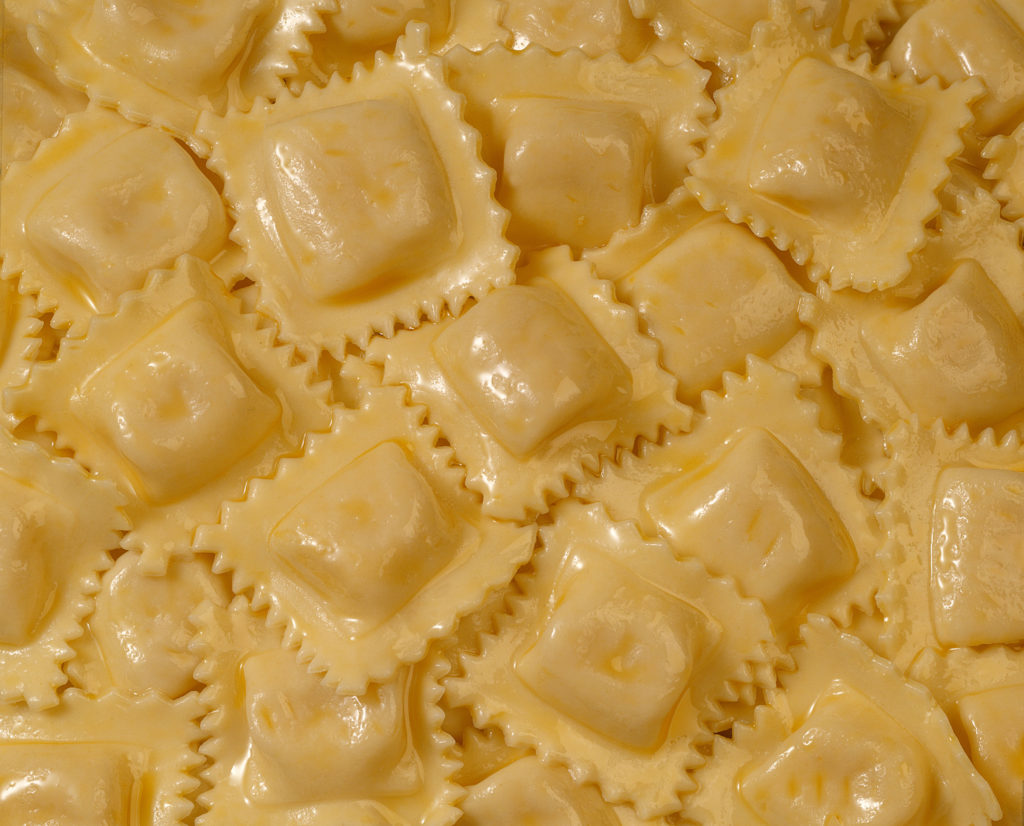
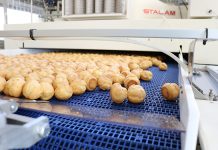
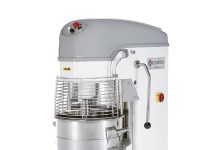
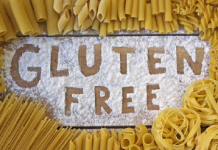
[…] alcuni articoli: Fresh pasta, versatility and automation for a high-quality product; Refining systems, a delicate operation; Manufacture of oligosaccharides from vine shoots by […]
Comments are closed.